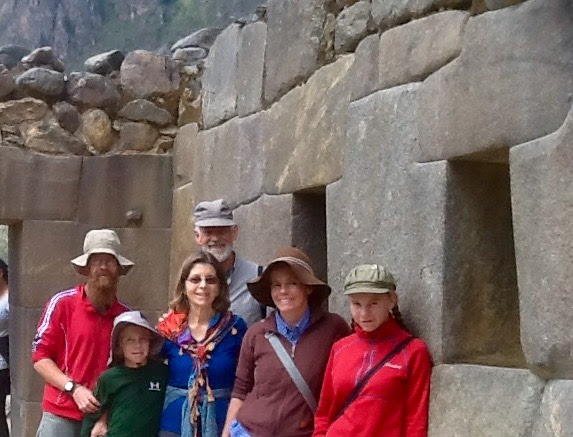The sparely populated Pampa de Olaén is a picturesque setting for the annual pageantry of gauchos celebrating the Santa Bárbara Virgen. The simple red roofed chapel is one of the few signs of humans in this locality. The capilla was constructed in the mid 1700's on the vast San Roque estancia. The nearest town is La Falda, which is a distance of 12 miles from the capilla.
The Fiesta de Santa Bárbara is celebrated each year on December 4. Santa Bárbara is known as the protector from lightning. She is associated with the legend of the young lovers who lost their lives at the nearby Cascadas de Olaén. A brief history of the legend and the historic San Roque estancia can be found in my Pampa de Olaén blog post.
The Fiesta de Santa Bárbara is celebrated each year on December 4. Santa Bárbara is known as the protector from lightning. She is associated with the legend of the young lovers who lost their lives at the nearby Cascadas de Olaén. A brief history of the legend and the historic San Roque estancia can be found in my Pampa de Olaén blog post.
 |
| View of the Santa Bárbara Capilla from the remnants of the estancia house. |






























































